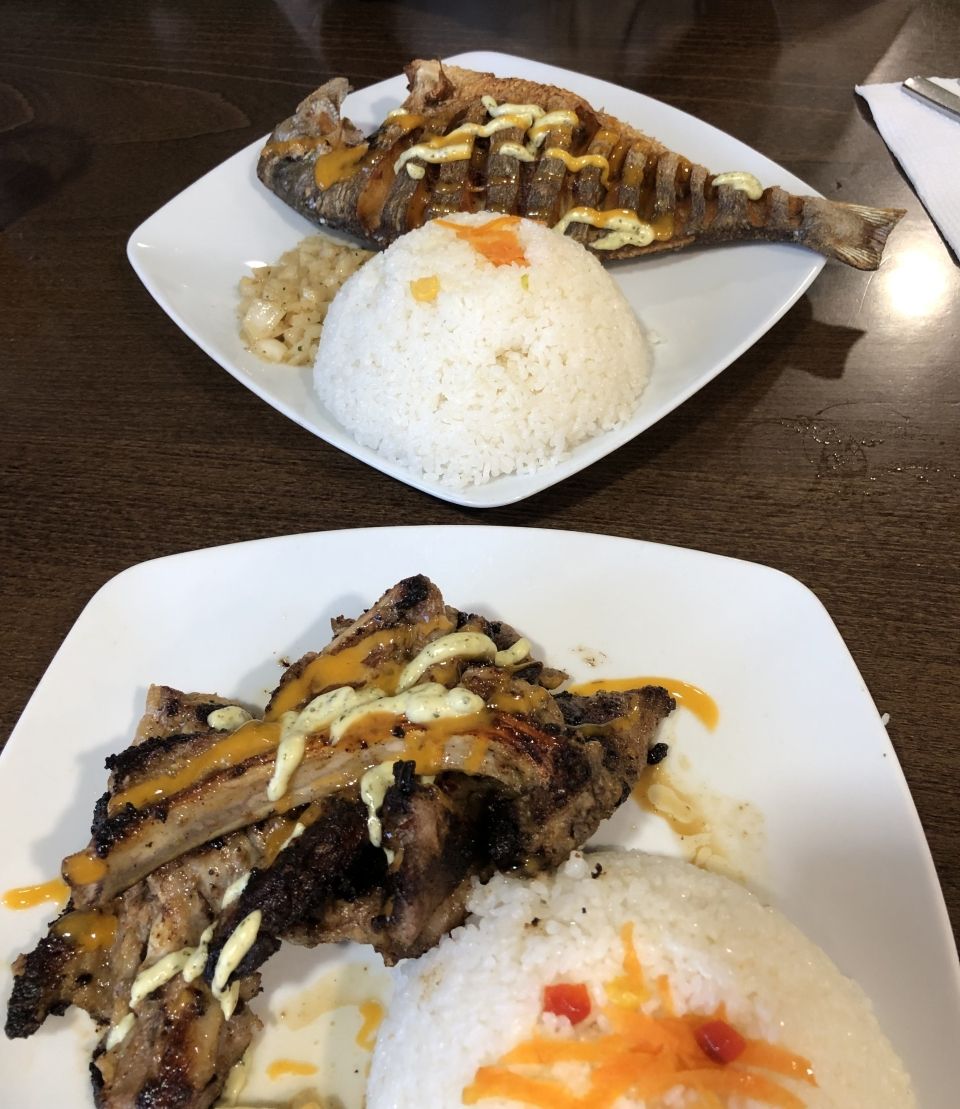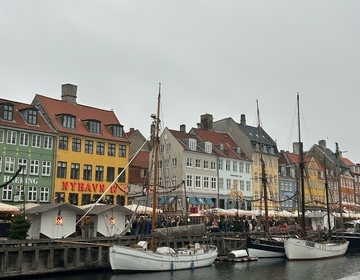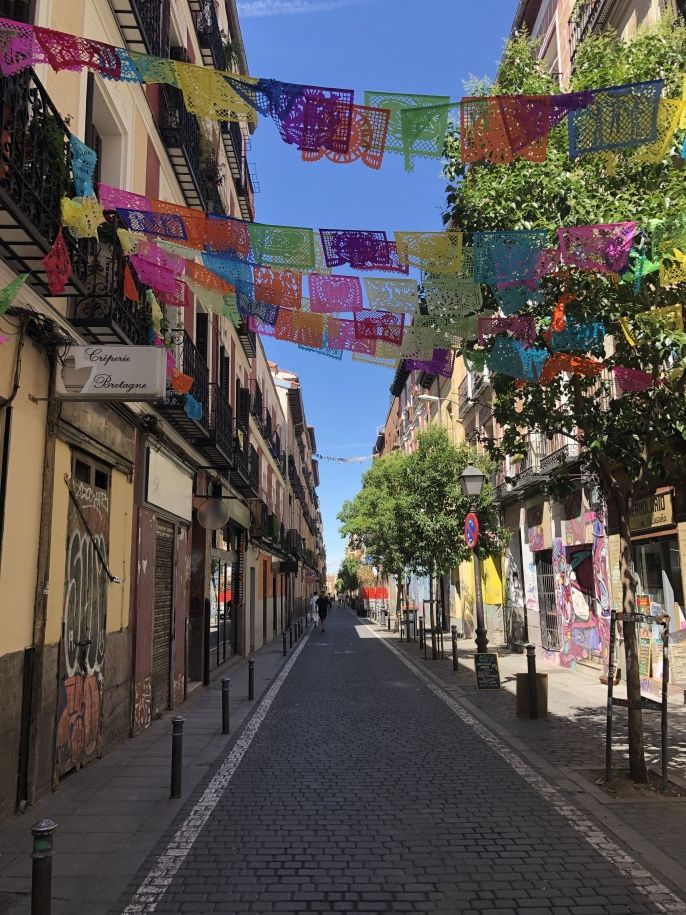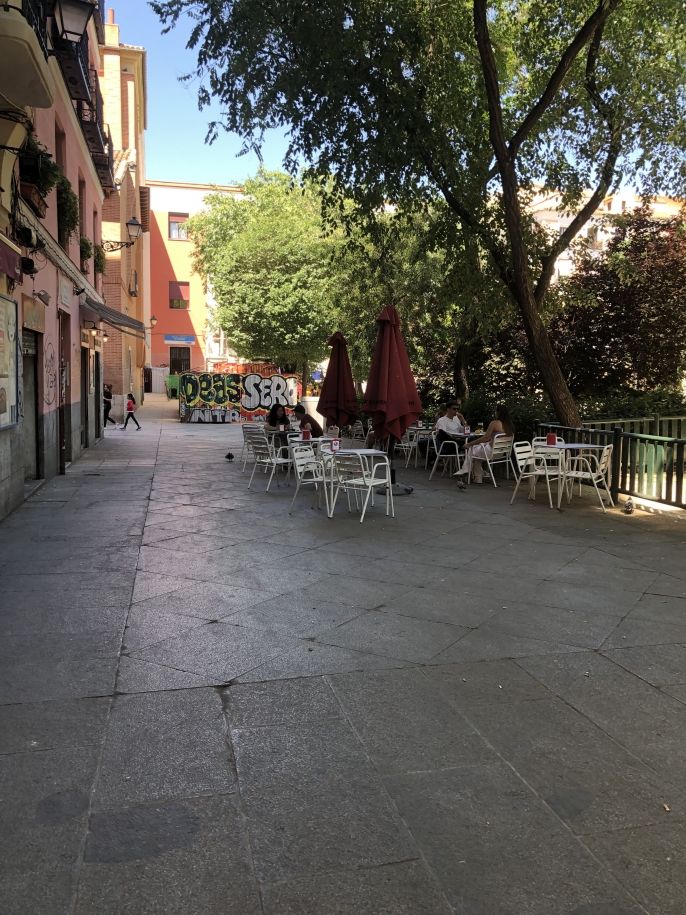Adapting to the Spanish Culture
Imagine this, hot afternoon sun, light breeze in the air, and groups of people sitting outside. Everyone is talking to each other and the scene feels like something out of a movie, but other aspects catch you off guard. Most shops and restaurants close midday, only to reopen early evening. Dinner isn't served until 8:30 PM, and you are often the only person eating at this time. The Spanish culture can be dreamy in many ways, but adapting to the differences can take some time. These are some of the differences I found to be the biggest and some advice on how to not only survive, but thrive in this new environment!
Siesta
Here in Spain, there is a time period in the afternoon, around 2-5 PM, where most shops and restaurants close their doors and everyone goes home to rest. This may come as a shock at first and even ineficient to American standards, but there is a very good reason for this midday siesta. This reason is the Iberian sun, an unforgiving force that will bake anyone who spends too much time in it, especially during the summer months! As temperatures climb, Spaniards use these midday hours when the sun is most intense to go inside and rest or sleep, a good way to spend this more intense time of the day! For this reason, I've learned to embrace the siesta and feel okay about staying home during the midday to avoid the sun. If an errand must be run during this hour, not all shops close during this time and some shops may only close for an hour or two, not for the full siesta.
Dinner is Served
Here in Spain, the eating schedules are very different than where I'm from in the States. For breakfast, it is common to only eat a little pastel or have some coffee, a change from the US where breakfast is the most important meal of the day. As for lunch, lunch is typically the biggest meal of the day. This is when the biggest meal is cooked and most people go home to eat. Lunch time is usually around 1-2 PM (siesta time, see how it fits in :p). Finally, we arrive to dinner time. Dinner is usually a lighter meal, sometimes being something you cook and sometimes something as light as toast and jam. Dinner time also happens much later in the evening, ranging anywhere from 8:30 to 10:30 or even 11 in some instances. This was one of the biggest changes I encountered when coming here, as I was always hungry by 7 PM. However, eventually your body adapts to the later eating schedule and now I never even begin cooking until after 8 PM. In a few instances, I've even sat down to eat at 11:30! This is less common though.

Walkability and Public Transport
One of the most notice differences when coming to Spain from North America is how the city is designed. In North America, seeing a five lane road in your city centre is a common sight, as well as having to drive to do any given task in your daily life. However, here in Spain, and notably in Madrid where I live, the opposite is the norm. All destinations in Madrid's city centre are nearly 20 minutes walking from each other. Anywhere further can easily be reached in an hour by walking. And if walking isn't your style, Madrid also boasts one of the largest and most well connected public transportation networks in not only Europe, but the world. As a bonus, if you're under 26 years old, the abono joven card is available for only 8 euros a month. With this card, you are able to travel anywhere within the Comunidad de Madrid that is reachable by bus or train. This incredibly cheap and far-reaching public transportation network mixed with the walkable city design is a game changer if living here in Madrid, and will certainly open your eyes towards different ways of getting around the place you live!
Language
Likely the biggest cultural differences moving here to Spain is the language barrier, everyone speaks Spanish! There are exceptions to this depending on what region you travel to or decide to live in, such as Catalunya, the Basque Country, etc which all speak different languages including Spanish. However, moving to Spain without any Spanish is not as big of a barrier as one may think, as many people here also speak varying levels of English as well! So ordering food, asking for directions, and meeting people will be an easier task than you think if you can't speak a lick of Spanish. As a bonus, making friends with Spaniards may also help you learn with their help! However, I do recommend practicing Spanish before coming here with apps such as Duolingo, as this will prime your brain and allow you to learn more quickly as it's already familiar.
Conclusion
There are many cultural differences here in Spain compared to wherever you may be coming from. My advice is to be cognizant of the midday siesta so you aren't left surprised by the lack of options around midafternoon, and also be aware of the late dinner times so you can plan your evenings accordingly. Also, embrace the walking culture and don't be intimidated by the public transportation, it is way easier to use than you think! Finally, if you already know Spanish, you should be set to talk to others and enjoy the different accents. If you don't know any Spanish, learn a couple useful phrases and some numbers as this will greatly help you along the way. Spaniards are warm people and happy to help regardless, but you will surely earn brownie points for at least attempting to speak their language ;) So these are the most prominate cultural differences I found after moving here to Spain. I hope this advice gives you the confidence to either travel or move here to Spain. And remember, keep learning Spanish every day and it will eventually pay off!
Related Posts

Who Runs the World? Pharaohs.
Running the Pyramids Half Marathon in Cairo, Egypt Egypt and a half marathon? Let’s run it back—literally. I had the opportunity to travel to Cairo, Egypt, to run the annual... keep reading

Copenhagen Cosplays the North Pole
A Winter Weekend Guide If you’re searching for the perfect winter weekend getaway while studying abroad, Copenhagen deserves a spot at the top of your list. While the city is... keep reading

Let’s Moroccan Roll
A 4-Day Morocco Getaway from Madrid Morocco has become an increasingly popular destination for students studying and working abroad, and after spending four days there, it’s easy to see why... keep reading


